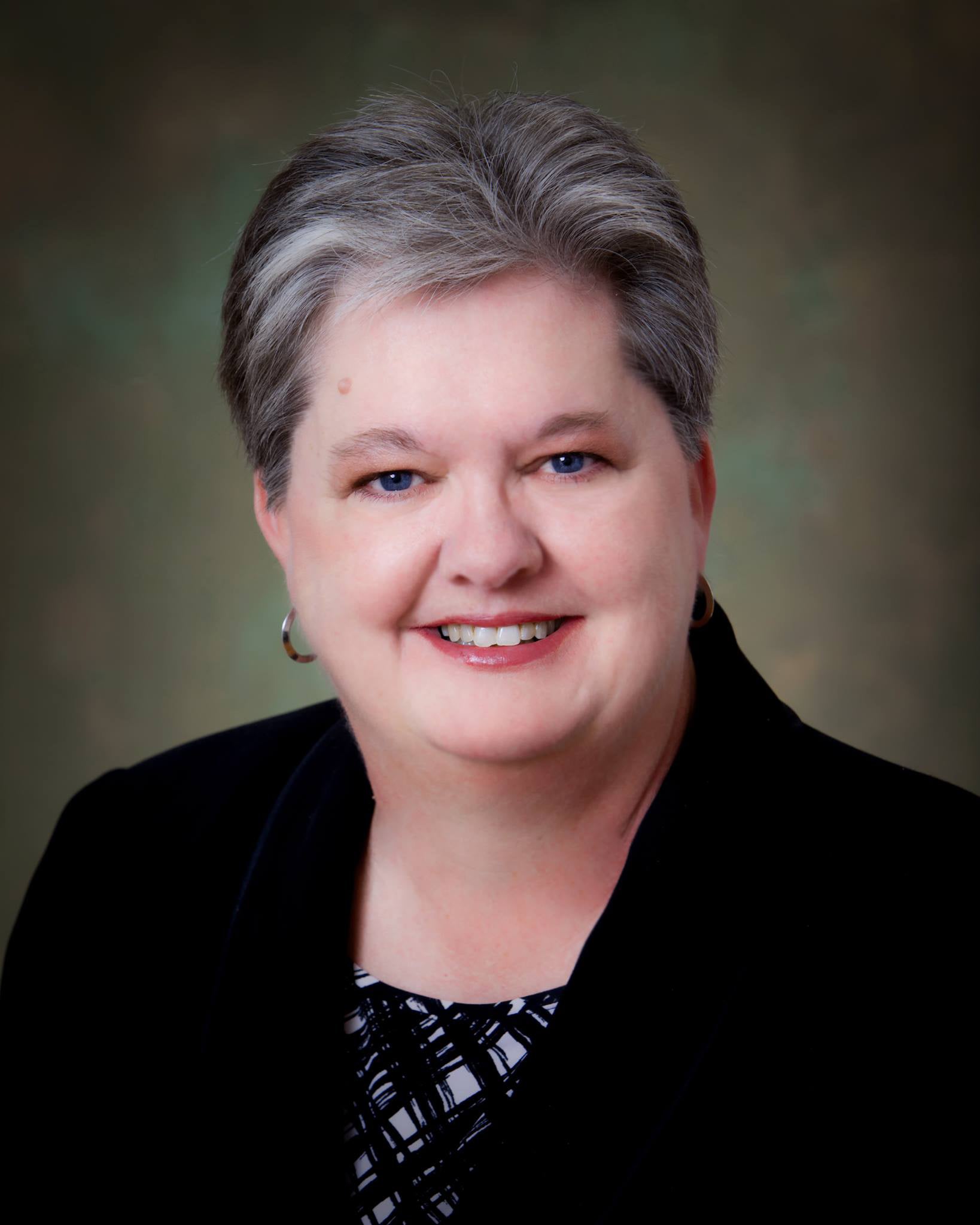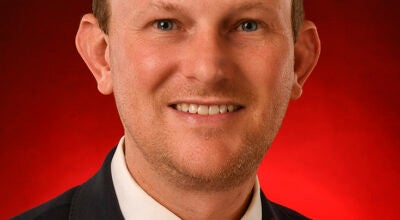Charles Henderson left a legacy for Pike County
Published 6:47 pm Tuesday, May 2, 2023
|
Getting your Trinity Audio player ready...
|
Governor Charles Henderson had a tremendous impact on education in Pike County. He also left a legacy in providing healthcare for children through the Charles Henderson Child Health Center. This story from 1981 tells how this organization was founded.
It all began in 1937.

Dianne Smith
The builder of a vast business empire was gone, but his works have carried his name into the present.
The late governor didn’t have any children to carry on his business, so in his will he left the bulk of his large estate for the use in education and a crippled children’s clinic.
After making some bequests to his own family, he willed the remainder of the estate to the Troy Bank and Trust Company. The money was set up in a perpetual trust.
The bank was empowered to buy, sell and invest the money as they wished for a period of 20 years.
Article five of the late governor’s will reads, “At the expiration of 20 years after my death and all bequests herein shall have been paid as herein directed, my said trustee shall cause to be formed an association to be known and styled as the Charles Henderson Educational Association. This association shall have no capital stock, have its principal place of business in Troy, Pike County, Alabama, and its purpose shall be to foster education by the erection and equipping of school buildings as hereinafter set out.”
This money became available in 1957. For a 20-year period the income of the estate went to the school building fund.
At the end of the 20 year period the earnings of the trust were dedicated to the building of a “Charity Hospital for Crippled Children.’
The will says the hospital was to be placed within five miles of Troy. It also says the hospital was for Pike County residents, but any child in Alabama could be admitted for treatment.
The net earnings of the trust were to be used for the purchase of grounds, for the erection of the hospital building and the maintenance of the hospital, including the purchase of equipment and the employment of the necessary doctors, surgeons, nurses and other employees.
The governor willed that the name of the hospital should be, “The Charles Henderson Memorial for Crippled Children.”
By 1977, when the project actually started, things had changed a bit, however.
Doctors in the area felt there was no need to spend so much money on a hospital strictly for crippled children. “Most of the crippling diseases, like Poliomyelitis (polio) and tuberculosis of the bone have been stopped,” Dr. Randolph Batson president and physician-in-chief at the center, said.
The doctor commented that a judge in Elba had interpreted the will to include children suffering from any ailment.
“The judge said there was no way the late governor could have foreseen the present circumstances,” Batson said. “So he interpreted it that way.”
The doctor also mentioned another basic change in the will, saying, “The center is for paying patients as well as non-paying. It will not be strictly a charity clinic,” he said.
January 1, 1978, the health center hired Dr. Batson to head up the project.
The former dean of the school of medicine at Vanderbilt worked diligently in an effort to build one of the most advanced facilities in the nation.
Two architectural firms, and a local construction company collaborated to construct the $1.5 million complex.
The architects were Gresham and Smith, from Nashville, Tenn., and Spann Hall and Ritchie, from Dothan.
Brown and Walters Inc. were the contractors on the job.
All of these articles can be found in previous editions of The Troy Messenger. Stay tuned for more. Dianne Smith is the President of the Pike County Historical, Genealogical and Preservation Society.


